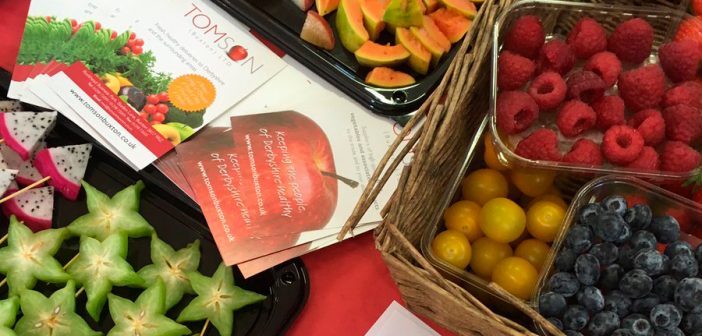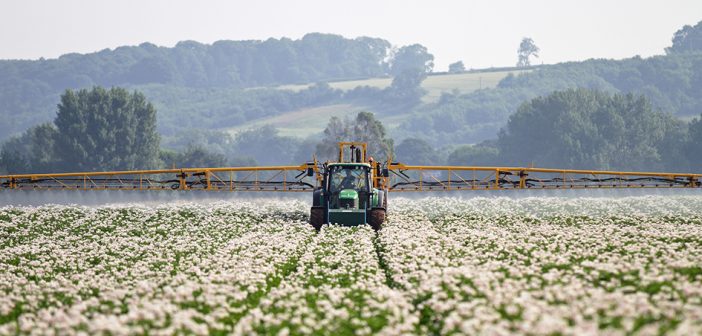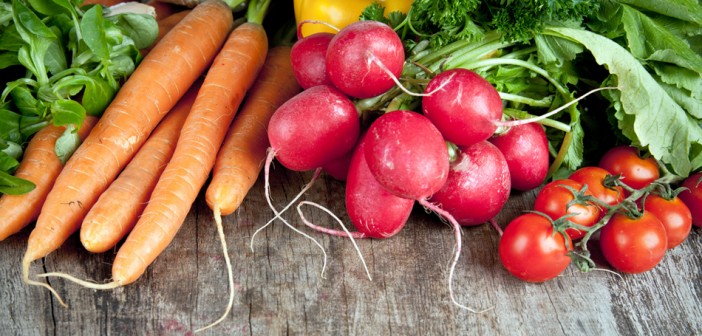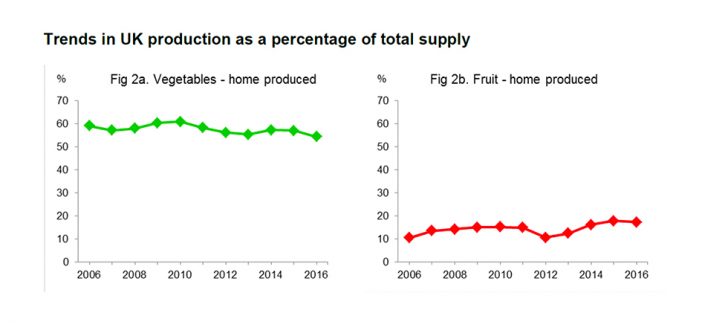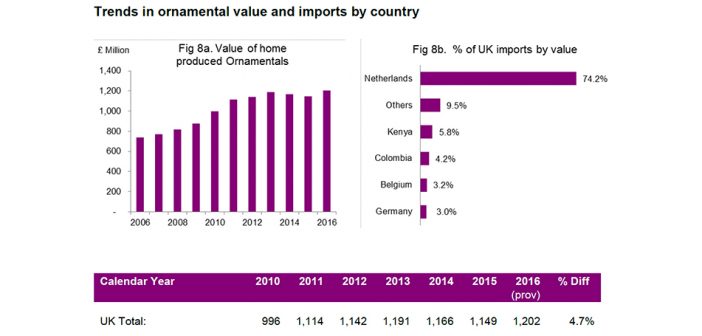The UK Irrigation Association has highlighted that there are still places on the next joint RPA and EA workshop on capital grants for irrigation reservoirs, which will be held in Hereford on October 18.
The Water Resource Management capital grants are worth up to 40 per cent of the cost towards construction of an irrigation reservoir and are available for arable and horticultural businesses. The grants are designed to improve farm productivity through more efficient use of water for irrigation, and to secure water supplies for crop irrigation by constructing on-farm reservoirs and related systems, and the deadline for new grant applications is 3 April 2018.
The workshop will explain the grants and how to apply, covering the level of grant available, project eligibility and issues around abstraction licence application. To book, or for more information, please email CPEnquiries@rpa.gsi.gov.uk. The timing and venue details will be provided upon booking. More details can be found in the handbook available here.

Photo Credit: gov.uk
The post Still places on RPA/EA workshop on reservoir grants appeared first on Hort News.
